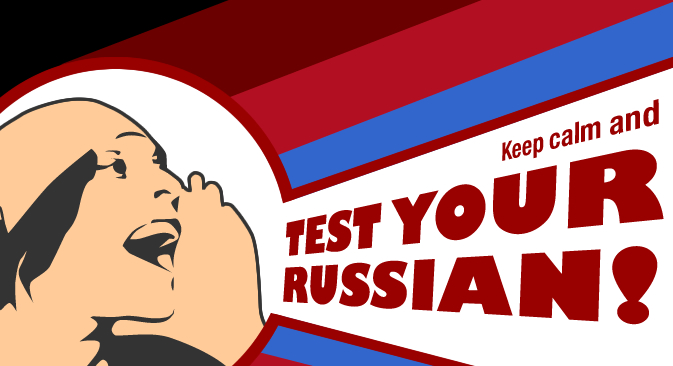Old Believers preserve rare Russian dialects in South America
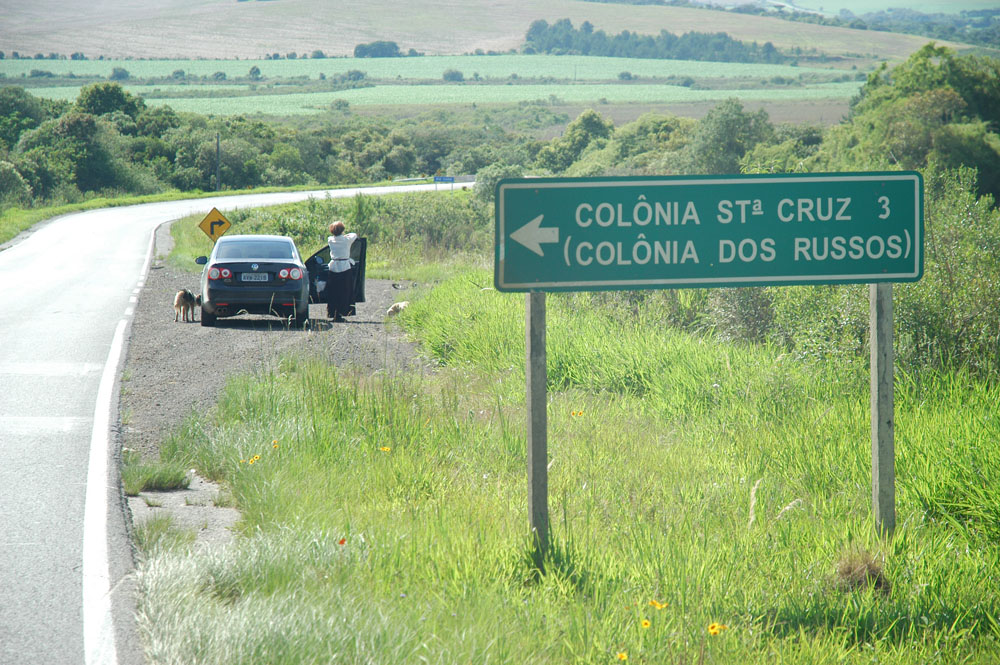
Сommunity holds on to its traditions
Olga RovnovaWhat is the correct name of the Russian language that is spoken beyond the confines of Russia?
It is known as the ‘Russian language spoken abroad’ (Русский язык зарубежья). It exists in two varieties: the Russian literary language and the Russian dialects.
The literary language, which broke away from the parent state, has fully preserved all its traits and is the same Russian literary language that is used in Russia. But usually it is also enriched with new lexical terms. The new words are related to the realities of the countries where the language is used, realities that were unknown to Russia and that needed to be defined.
What about the dialects?
Russia's rural population continues to speak various dialects today. Russian dialects are also used outside Russia, mainly by the Old Believers, people who with various means and in various historical periods emigrated from Russia to other countries. They now live in Poland, Bulgaria, Romania, Argentina, Bolivia, Brazil, Uruguay, the U.S., Canada and Australia.
Long journey from Russia to America
How did the Old Believers end up in South America?
The people who came to Latin America are the Old Believers-Kerzhaks, who originated in the Nizhny Novgorod and Vladimir Regions. Due to persecution in the 18th century they settled in Siberia and the Far East.
Fleeing the Soviet government, they moved to China at the end of the 1920s. A part of the community ended up in Manchuria, after swimming across the Amur River. Another set moved from Kazakhstan to western Xinjiang. These two groups did not know each other and therefore had no relations.
How long did they live in China?
Until the end of the 1950s, when during the Cultural Revolution the Chinese began forming collective farms. And since they knew very well what these farms were like and what the Soviet government was all about, they did not want to be a part of them.
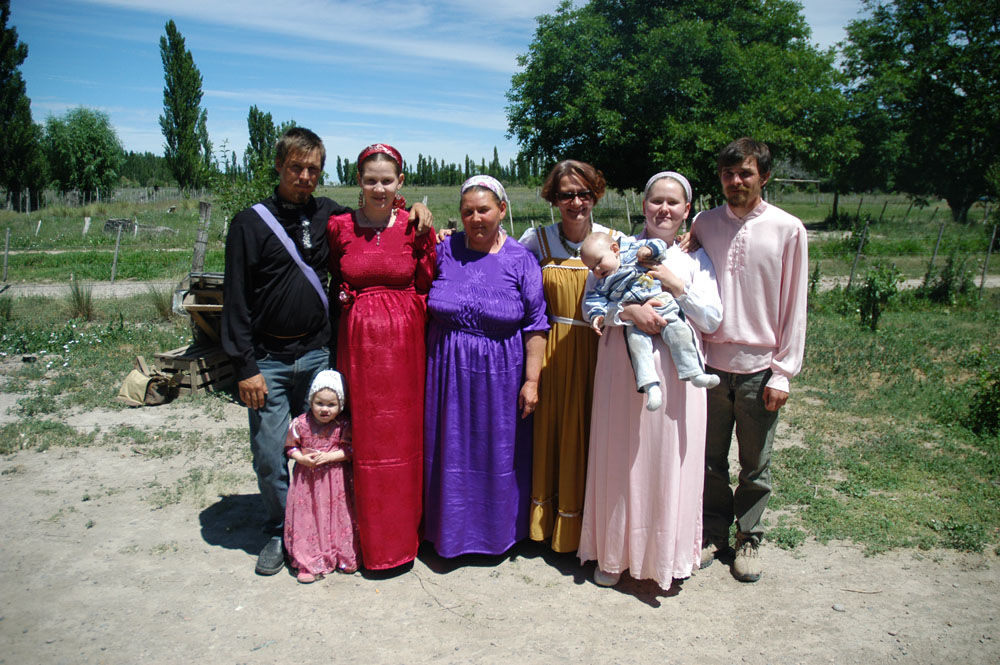 The Russian Old Believers Diaspora. Source: Olga Rovnova
The Russian Old Believers Diaspora. Source: Olga Rovnova
The Chinese government, which treated the community very well (it must be noted that the old people have fond memories of China and still follow what is happening there), asked them to either remain in China and accept all the political and economic conditions, or leave. They chose the second option.
Unlike the flight from Russia this was an organized resettlement. It was organized by the UN, the Red Cross and many charitable organizations. Two South American countries were willing to take in the Old Believers: Brazil and Chile. But there was an earthquake in Chile and so the Old Believers went to Argentina instead. A big part of them later left for Brazil. Then an internal migration began.
How did the migrants in South America live?
In the beginning it was very difficult. Brazilian terrain is of a red color and the humus is very thin, only five centimeters. The Old Believers say that when they invited a local agronomist to have a look at the soil and asked him what they could grow there, he said nothing could be grown there and that it needed to be heavily fertilized. This is why it can be said that the earth is soaked in tears and sweat of the Old Believers. Now the residents of the State of Paraná proudly say that this is ‘our Russian Brazilian earth.’
Why did a large number of Old Believers move to North America in the 1960s?
Primarily for economic reasons. Old Believers have large families. They gave birth to as many babies as ‘God sent them’ and these new children needed new living spaces. At that time they bought inexpensive land in the U.S. If I'm not mistaken, they purchased land for $20 per acre.
Is there another Old Believer community in North America?
In North America there is another group of Old Believers who call themselves Turchani. They had lived in Turkey until the beginning of the 1960s. They are descendants of the Nekrasov Cossacks, who in the beginning of the 18th century were led by Ignat Nekrasov out of Russia and would not return ‘while a tsar was governing Russia.’ And that is how it happened.
They speak a southern Russian dialect. In the middle of the Cold War there was a bout between the USSR and the US over these Cossacks, which ended in a draw: one village moved to the State of Oregon, another to the Stavropol Territory.
And there is a community in Australia…
Some of them belong to the same community that lives in South America. Some of them are different. There are many Cossacks there. I still haven’t studied their language in depth.
What about Romania?
Romania has about 30,000 Old Believers. In Bulgaria the number is much smaller, about one thousand. They speak the southern Russian dialect.
The Russian they speak
Which language do the Old Believers in South America speak?
The patois (nonstandard language) that the Old Believers-Kerzhaks formed in the last 300 years. It has obviously changed a lot after the long journey they had to make. They have met people with other dialects and languages.
In the beginning, the Kerzhaks spoke a northern Russian patois. As a result of coming into contact with other Old Believers, especially those who spoke a southern patois, the community that settled in South America 300 years later formed a middle Russian patois.
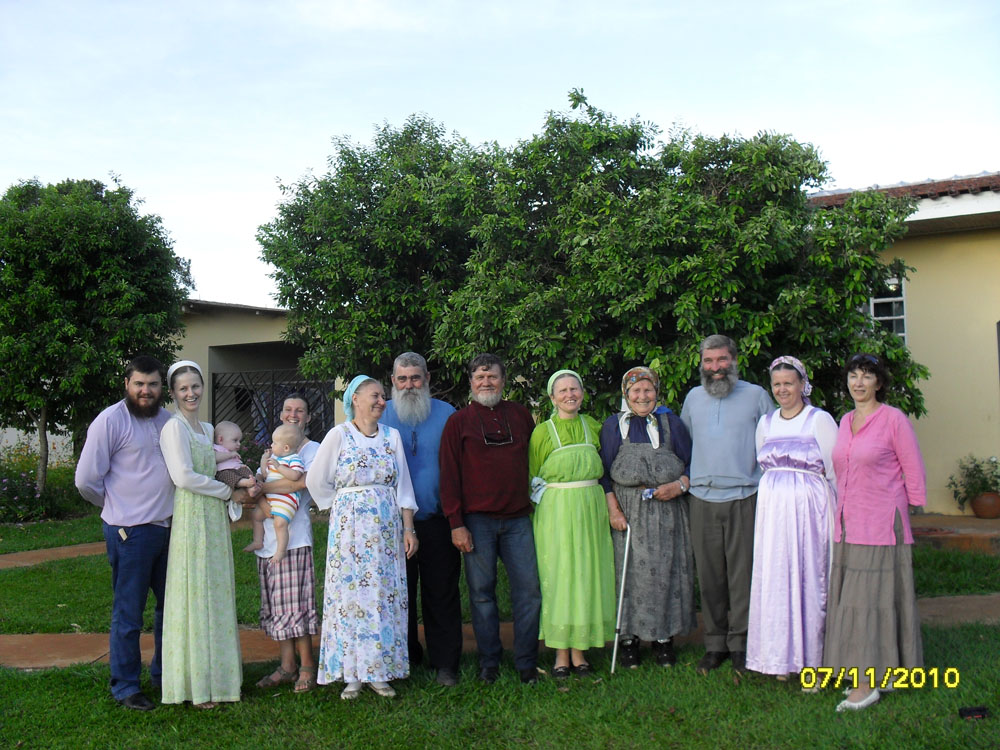 The Russian Old Believers Diaspora. Source: Olga Rovnova
The Russian Old Believers Diaspora. Source: Olga Rovnova
The new patois combines traits from northern and southern dialects (one of the differences is that the northern Russian patois distinctly pronounces the ‘o’ vowel when it’s not stressed, whereas the southern one pronounces ‘a’).
How well has this language been preserved?
Very well. The language is spoken by old people and by children, which is extremely important for preserving a patois. The Old Believers also have a rule that is followed very strictly in South America: in their village they speak only Russian. If they leave the village and go to public places like schools, banks, hospitals, shops and so on, they speak the local languages.
In North America there is a big problem: the Old Believers are losing their dialect. There are several reasons. Firstly, an important factor in the preservation of a language is compact co-habitation in one village.
In North America they are spread across various towns. As per the Old Believers’ traditions, it is important for the women to stay at home and not work. She then speaks Russian with the children. In South America women are traditional. In North America it is different. There the women work in services or production and must speak English. Children go to school and also speak English.
How do they name new inventions?
Either with a Russian word, which they invent, or they borrow a word from the Spanish or Portuguese. In North America obviously from the English.
Is there a difference between the patois of the Old Believers in the various South American countries?
The Russian language varies from territory to territory. The language is the same but it differs in certain aspects. This concerns both the literary language and the dialect. It would be interesting to see if there are differences in the dialects of the Old Believers in Bolivia and Brazil.
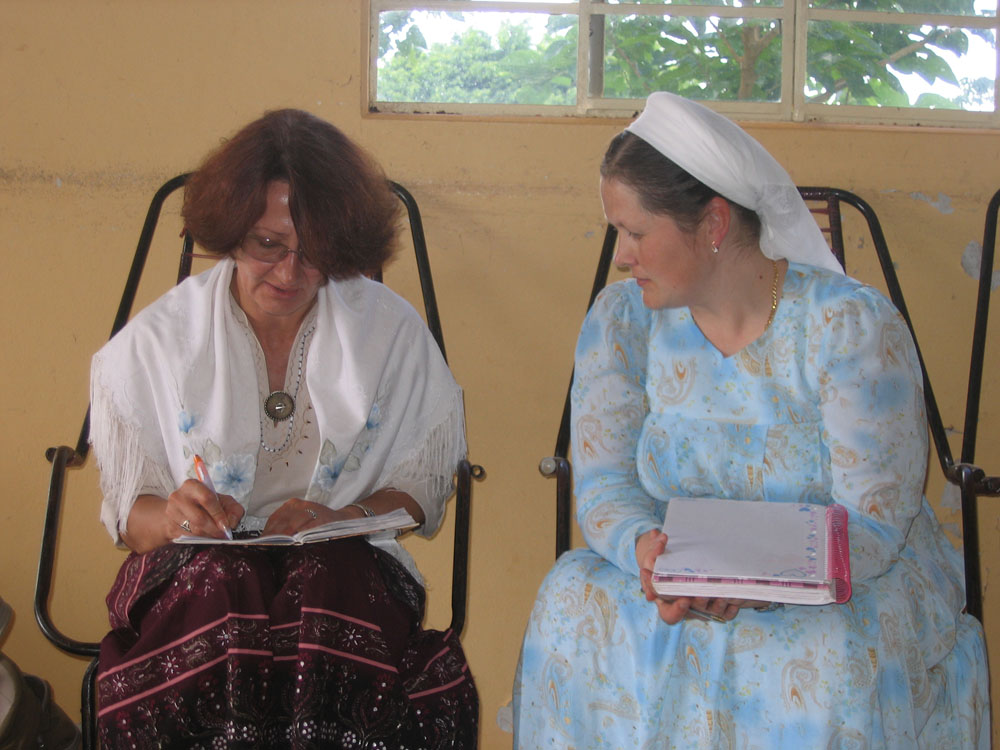 The Russian Old Believers Diaspora. Source: Olga Rovnova
The Russian Old Believers Diaspora. Source: Olga Rovnova
I have one such observation. There is one new word in the language of the Old Believers in Bolivia. They live in area that is surrounded by Native South American tribes and one of the tribes is called Coya or Colla, from the Spanish. The Old Believers call it Kolya. Therefore Kolya is a Native South American and Kolintsy are Native South Americans whose language is Kolinsky, not Spanish.
In general the patois of the Old Believers that live in the four Latin American countries is one and the same.
What do they call themselves?
Obviously they call themselves Russian. This is also an example of the change in the meaning of the word. They think that only they are Russian.
The Old Believers speak their Russian dialects. They believe that there are no other Russians. They call the Russians in Russia Rossiitsy or Sovetskiye.
Which language do they write in?
They write in the Russian phonetic script, that is, they write how they hear the words. Such a script is used in the book ‘The Tale and Life of Danila Terentievich Zaitsev,’ which I prepared for publication. It was published in 2015.
From our point of view, the entire text of the book is one big grammatical mistake. But in reality, this is just a different orthographic system that the author created by himself, intuitively. Of course, I had to adjust a lot of things to the norms of the literary language. Otherwise it would have been completely illegible.
All rights reserved by Rossiyskaya Gazeta.
Subscribe
to our newsletter!
Get the week's best stories straight to your inbox
